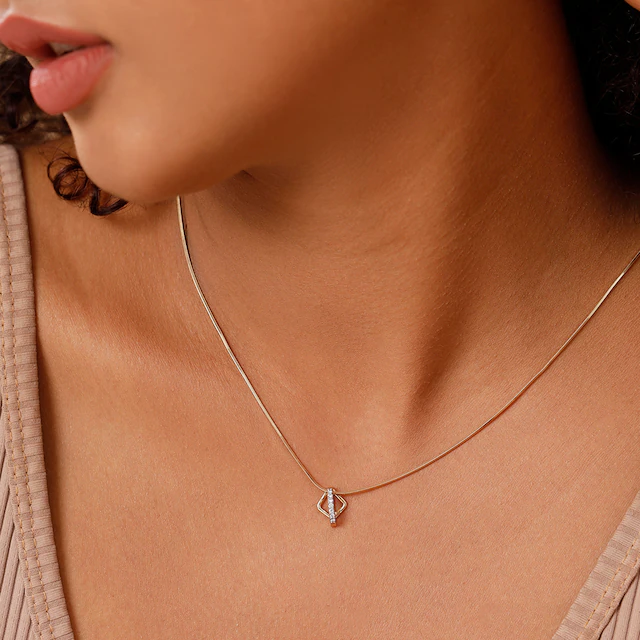Pendants embody a wide range of meanings and sentiments. From Buddhist symbols to Native American totem animals, countless designs showcase cultural heritage and tradition.
From Run-DMC’s gold Adidas pendants to Eric B. & Rakim’s ostentatious dookie rope chains, hip-hop jewelry is more than just flashy fashion. Learn about the history of these iconic adornments that speak to deep emotions and big sentiments.
Origins
A pendant is an ornament suspended from a necklace, bracelet, or, more commonly, an earring. They can be purely decorative or hold something of value, such as a picture or a lock of hair. Throughout history, pendants have been considered protective and magical. For example, people wore the Claddagh ring, which features two hands holding a heart and crown, as a symbol of friendship, love, and loyalty.
Many people also wear pendants that represent a religious or spiritual belief. Crosses, stars of David, hamsas, and other icons are popular choices. However, many people wear pendants to express their personal style and self-expression. The variety of shapes, designs, and styles make pendants a versatile piece of jewelry that can be worn for many occasions.
Meanings
Pendants have been a symbolic accessory for centuries. They can be as simple as a single jewel in a specific cut and setting or as complex as a multi-stone halo pendant. They can be carved to be recognizable, such as the cross or a heart, or in the shape of a word or a phrase like “Love.”
Early pendants served apotropaic purposes, like protecting against disease and evil spirits, while pendants worn by the Middle Ages featured religious subjects. Victorians were big on sentimental trinkets and attributed meaning to their jewelry’s colors, gemstones, and shapes. They could even get a charm engraved with a loved one’s name to keep them close at all times.
Styles
Pendants come in a variety of styles. They can be a single stone in a specific cut and setting, a cluster or halo of stones, a recognizable shape such as a heart, key, or teardrop, or an intricate design such as a cameo.
Cameos are exquisite carvings in mother-of-pearl, sardonyx shell, or resin that feature raised relief profiles and are prized for their attention to detail. Modern designs often break away from traditional silhouettes and portray a more contemporary scene.
Some pendants, like amulets or talismans, carry spiritual or magical properties, while others, such as lockets, open to display a treasured keepsake. Pendants that adorn necklace chains attach to the chain by a bail (also known as a bale) and draw the eye to a focal point or statement piece.
Materials
A pendant is a piece of jewelry that hangs from a chain, usually worn around the neck. It can be a single stone in a specific cut and setting, a halo of rocks, or a recognizable shape like a heart, locket, or an animal.
Some people wear pendants symbolic of their religion, such as crosses or Stars of David. They could also show off their status, like gold necklaces by royalty and politicians.
Other people wear pendants that do not represent any specific symbol but simply a fashion statement. There are a range of pendants to choose from – volleyballs, horses, scissors and thread, books – even doting black labradors.
Trends
A well-crafted pendant adds a touch of glamour to any outfit. The options are endless, from a simple chain to a dramatic statement piece. When shopping for a charm, look for quality materials that speak to the wearer’s style and personality.
The design of a pendant can also express spiritual beliefs or sentiments. Religious symbols like crosses, hamsas, and star of Davids are popular pendant designs with an aesthetically pleasing appearance and deep meaning. The engraved evil eye pendant is another famous symbol that protects the wearer from harm and negative energy.




